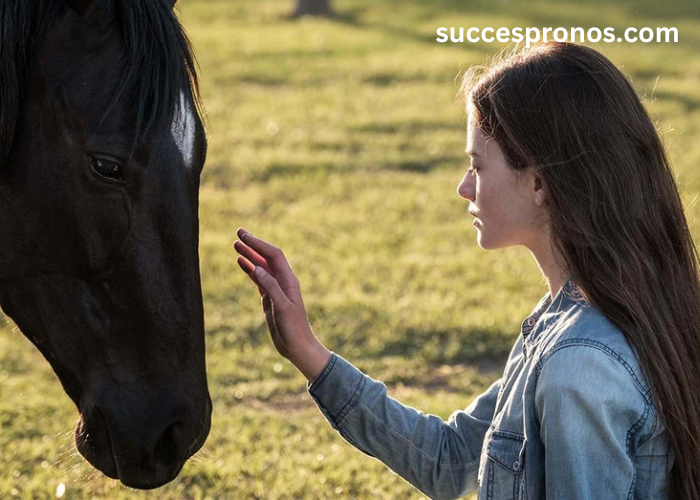
Horses have captivated human imagination for millennia, embodying a unique blend of power, grace, and beauty. From ancient mythologies to modern sports, these majestic creatures hold a significant place in various cultures and societies. To truly appreciate the allure of horses, one must delve into both their physical elegance and complex behavioral traits. Discover France Cheval Turf, your premier destination for horse racing insights, expert tips, and the latest news in the world of equestrian sports.
Physical Beauty of Horses
The physical beauty of horses is a result of their well-adapted anatomy and evolution. Their muscular build, sleek coats, and flowing manes contribute to their majestic appearance. Each breed offers a unique set of physical attributes, from the compact and sturdy frame of the Shetland pony to the tall, athletic build of the Thoroughbred.
1. Elegance in Motion
The grace of a horse in motion is a sight to behold. Whether galloping across a field or performing intricate dressage movements, their fluidity and coordination showcase an unparalleled elegance. This beauty in motion is a testament to their finely-tuned musculature and joint articulation, allowing for smooth and powerful strides.
2. Coat Colors and Patterns
Horses come in a stunning array of coat colors and patterns, each adding to their aesthetic appeal. From the deep black of a Friesian to the dappled gray of a Lipizzaner, these variations are not just beautiful but also a result of genetic diversity. Patterns such as the Appaloosa’s spots or the Paint’s patches make each horse unique and visually striking.
3. The Alluring Eyes
A horse’s eyes are particularly expressive and captivating. Large, dark, and soulful, they can convey a range of emotions from curiosity to calmness. The eyes of a horse are not only a window to its soul but also provide insight into its well-being and mood.
Behavioral Traits of Horses
Understanding equine behavior is crucial for forming a strong and harmonious bond with these animals. Horses are highly social creatures with intricate behavioral patterns that have evolved to ensure their survival.
1. Social Structure and Herd Dynamics
In the wild, horses are herd animals with a structured social hierarchy. This social structure is essential for maintaining order and providing protection against predators. Within a herd, there is usually a dominant leader, often a mare, who guides the group and makes decisions about movement and grazing.
2. Communication and Body Language
Horses primarily communicate through body language. Subtle gestures, such as the positioning of their ears, the swishing of their tails, or the stamping of their hooves, can convey a wealth of information. Understanding these signals is vital for horse handlers and riders to respond appropriately and ensure effective communication.
3. Behavioral Responses to Environment
Horses are naturally alert and responsive to their surroundings. Their behavior can be influenced by various factors including their environment, health, and interactions with humans. For instance, a horse may exhibit signs of anxiety or stress in unfamiliar situations, while it may show calmness and contentment in a stable and familiar environment.
4. Learning and Training
Horses are intelligent and capable of learning a wide range of tasks. Positive reinforcement and consistency are key components in training, allowing horses to develop trust and confidence in their handlers. Whether learning basic commands or performing complex routines, a horse’s ability to learn and adapt is remarkable.
Conclusion
The majestic horse, with its physical beauty and complex behavior, continues to inspire awe and admiration. By understanding the intricacies of equine beauty and behavior, we can foster a deeper connection and appreciation for these magnificent animals. Whether in the wild, on the farm, or in competitive arenas, horses will always hold a special place in the hearts of those who encounter them.